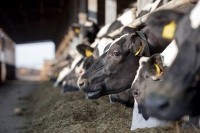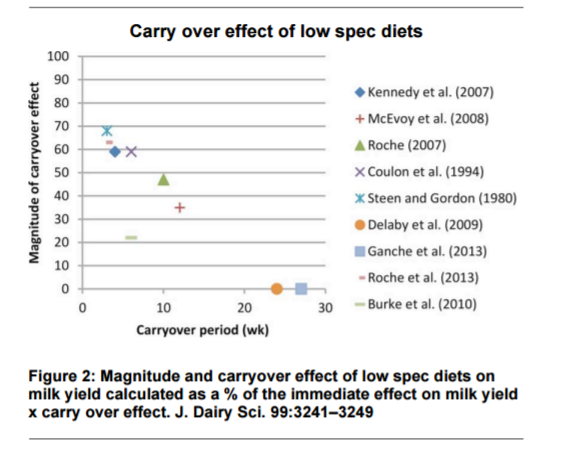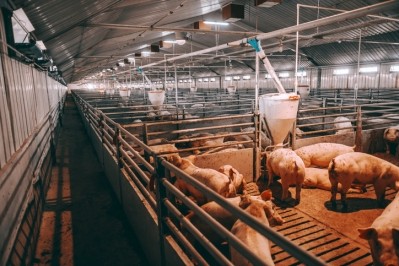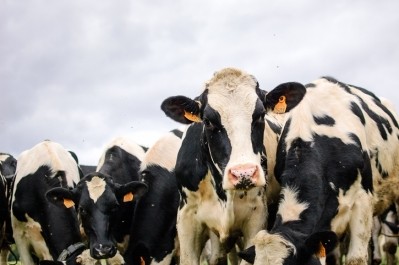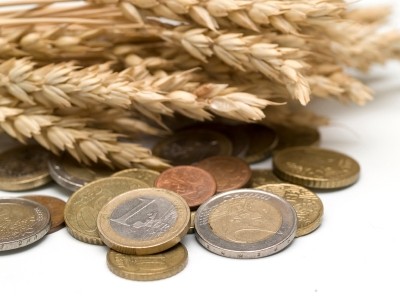Precision feeding practices can help EU dairy businesses weather the tough times: Cargill
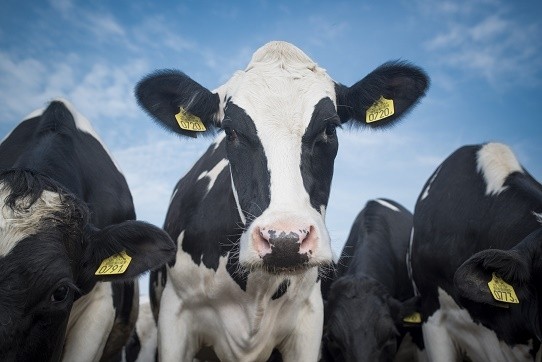
Precision feeding means different things depending on the market in question, said Sylvie Andrieu, ruminant technology manager, EMEA, Cargill.
Moreover, in terms of the extent of application of tailor-made diet formulations in European dairy units, she told us the company is seeing greater use of precision feeding approaches on the larger, more intensive dairy farms.
Cargill said its rationing model, DairyMax, uses nutritional information generated either from the literature or from its own research centers to refine the animal’s requirements at the most precise nutrient level possible.
“It helps producers meet the cow’s requirements for selected limiting amino acids required for milk production, and not on nutrients such as crude protein, rumen degradable protein or rumen undegradable protein.
“This allows for more accurate diet formulation with lower crude protein percentage. With this come benefits for the cow, the producer and the environment.”
“Larger farms can better apply precision feeding due to the higher herd numbers and they are, in general, closely monitoring their results, IOFC, in particular.”
The interpretation of precision feeding varies throughout Europe, where the feeding systems, forages are, anyhow, variable. In France, Spain and Italy, there is less protein used in dairy cow diets compared to their more northerly neighbours.
“In the Netherlands, for example, the focus increasingly is on precision feeding to achieve nitrogen and phosphorus reduction, and the industry is striving to better understand amino acid utilization, along with rumen functionality. And the UK sector is beginning to use the same approach,” she said.
Generally, she noted, precision feeding means the diet is able meet the cow’s requirements as precisely as possible – no more, no less. This relies on knowing, exactly, how the rumen bacteria will ferment the feed ingredients, and knowing how the nutrients will, subsequently, be absorbed and used by the animal.
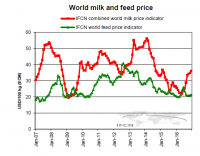
Consolidation of dairy sector in Europe is a trend that is accelerating, she said. Producers are looking for scale to ensure viability in terms of market volatility, so she anticipates wider use of precision feeding in the years to come.
She sees recovery, somewhat, in the European dairy sector, even if it is still taking time for some farmers to balance the books after several years of low milk prices and, consequently, low profitability.
Managing volatility
However, market pundits warn of more volatility in milk prices, so Andrieu said farmers have to learn to manage that ongoing price fluctuation by taking advantage when prices are favorable and making improvements to leave them better able to weather the leaner times.
“We have to educate farmers to spare money for the more difficult periods. The mindset has to change."
On many European dairy farmers, IOFC is vulnerable and it fluctuates with forage quality and availability, she said.
“We also see it fall where producers opt for a lower spec diet to cushion falling milk prices or increasing feed prices.”
“Cash flow problems are a major hindrance to investment in high spec feed. Often producers, in such financial situations, look to cut down on feed costs. It can be difficult to convince those farmers to pay out now for a response a few weeks down the line.”
Reacting to lower milk prices by cutting feed costs can have an immediate effect on milk production. Although the feed bill might be lower, this short-term gain in cash flow can have longer-term negative implications, she said.
All the evidence points to the need for investment in high spec feed in certain physiological stages, in the early lactating cow, for example, to set the lactation curve and to avoid productivity challenges such as ketosis, she added.
Cargill says: "The level of nutrition in early lactation has a major impact on subsequent production. Milk yields could be reduced from three to 12 weeks where cows were fed a lower spec diet in early lactation, even where their diet was improved. The longer the feed restriction, the longer the carryover effect was felt.
"An initial reduction of three litres per cow per day from feeding cows a lower spec diet would persist into the lactation, even after the diet was improved. Yields would still be expected to be 1.8 liters a day less at four weeks (60% less than normal) after the restriction was ended, and 1.65 liters per day after 10 weeks.
"The prolonged lower milk yields resulting from a lower spec diet – even for a short period – is likely to have a negative effect on IOFC and that overall farm income – even with lower feed costs – will drop."
Independent peer reviewed data shows nine different independent trials, carried out between 1980 and 2013 illustrate the carryover effect – or persistency - of a lower spec diet in early lactation. Even when the diet was improved, milk yields did not recover for some time.
Dairy farmers must get more of a handle on their direct and indirect production costs related to feeding, labor, and mechanisms, so they can clearly ascertain where they can, realistically, shave off costs, ensuring they are not hindering their animals’ performance while doing so, she added.
